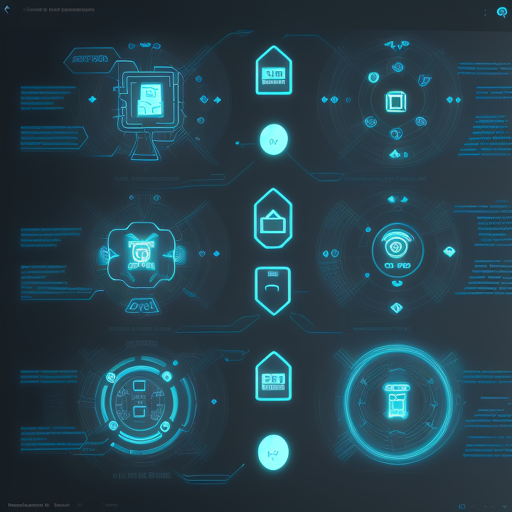Welcome to the world of advanced language modeling! The Qwen1.5-32B-Chat-GPTQ-Int4 is the latest in a line of transformer-based language models designed to enhance conversational AI capabilities. This guide walks you through the steps to get started with Qwen1.5, including installation, usage, and troubleshooting tips.
Introduction to Qwen1.5
Qwen1.5 is a beta version of the upcoming Qwen2 model. It’s built on strong foundations, boasting several improvements over its predecessor:
- Eight model sizes ranging from 0.5B to 72B.
- Enhanced human preference alignment for chat interactions.
- Multilingual capabilities for both base and chat models.
- Support for a 32K context length across all model sizes.
- No dependency on trust_remote_code.
Model Details
This model series offers various decoder language models with a robust architecture. Each model size comes with both a base and an aligned chat model. Key features include:
- SwiGLU activation mechanism.
- Advanced attention techniques like QKV bias and group query attention.
- Dynamic tokenizer adapted for numerous languages and coding tasks.
Setting Up Qwen1.5
To get started, ensure you have the necessary environment. We recommend installing the Hugging Face Transformers library version 4.37.0 to avoid potential errors.
pip install transformers==4.37.0Quickstart Code Snippet
Now, let’s dive into the code! Below is a step-by-step breakdown of how to load the tokenizer and model, as well as generate content:
from transformers import AutoModelForCausalLM, AutoTokenizer
device = 'cuda' # the device to load the model onto
model = AutoModelForCausalLM.from_pretrained(
'Qwen/Qwen1.5-32B-Chat-GPTQ-Int4',
torch_dtype='auto',
device_map='auto'
)
tokenizer = AutoTokenizer.from_pretrained('Qwen/Qwen1.5-32B-Chat-GPTQ-Int4')
prompt = "Give me a short introduction to large language models."
messages = [
{"role": "system", "content": "You are a helpful assistant."},
{"role": "user", "content": prompt}
]
text = tokenizer.apply_chat_template(
messages,
tokenize=False,
add_generation_prompt=True
)
model_inputs = tokenizer([text], return_tensors='pt').to(device)
generated_ids = model.generate(
model_inputs.input_ids,
max_new_tokens=512
)
generated_ids = [
output_ids[len(input_ids):] for input_ids, output_ids in zip(model_inputs.input_ids, generated_ids)
]
response = tokenizer.batch_decode(generated_ids, skip_special_tokens=True)[0]
Understanding the Code: A Simple Analogy
Think of loading the Qwen1.5 model like getting ready for a dinner party. You have different tasks to accomplish before your guests arrive:
- Setting the table (loading the model): You choose the best dishes (model type) to serve, ensuring they match the cuisine (task functionality).
- Preparing the menu (creating the prompt): You decide what you want to share with your guests about the meal (model output).
- Cooking (processing the input): You follow the recipe step by step to ensure everything tastes just right (handling the text generation).
- Serving (returning the output): Finally, when guests ask for dessert (queried response), you present it beautifully, making sure they enjoy every bite (ensuring the generated text is clear and refined).
Troubleshooting Tips
If you encounter issues while working with Qwen1.5, consider the following troubleshooting steps:
- Make sure you’re using the correct model name and version as shown in the code snippet.
- Check for errors related to Tensor types; ensure you are using ‘torch_dtype’ set to ‘auto’.
- If code switching occurs in the generated responses, refer to the hyper-parameters settings provided in the generation_config.json file.
- For more insights, updates, or to collaborate on AI development projects, stay connected with fxis.ai.
Conclusion
With Qwen1.5-32B-Chat-GPTQ-Int4, you have the tools to explore unprecedented advancements in natural language processing. By following this guide, you’ll be ready to harness the power of this technology effectively. At fxis.ai, we believe that such advancements are crucial for the future of AI, as they enable more comprehensive and effective solutions. Our team is continually exploring new methodologies to push the envelope in artificial intelligence, ensuring that our clients benefit from the latest technological innovations.

